I love the suggestion of surface on two-dimensional art; I love to see marks in drawings, I love visual and physical texture in painting, I love to see evidence of the movement of the artist’s hand across a work of art. The first time I saw a Leonardo da Vinci drawing in person was at Windsor Castle in 1988: I marveled at his mark-making - layers and layers of lines that were the direct result of the movement of his hands. This drawing was from one of the sketchbooks, consisting of hatched lines exquisitely delineated because they were executed with pen and ink - the crisp brown ink lines slightly rising from the yellowed surface of the paper. It is peculiar that I don't quite remember what the drawing was of (it was definitely a figure), but the lines are so vivid in my mind. Those lines were more edifying than the demonstrations from my freshman drawing classes: until that point I had only seen his work in art history texts where his sketches were reproduced as color plates (printed via offset-lithography with all those little half-tone dots that are not too unlike a jpeg as far as clarity). Seeing the actual marks made by his hand was so illuminating because they were not softened and simplified into a perfect and pristine surface with the gloss of the textbook paper refining the image, rather they were the tangible and textured evidence of his movement and, more importantly, the evidence of his process of synthesizing and thinking about what he was seeing.
It is not that I mind a perfectly smooth or polished surface in a drawing or painting (so very lovely and seductive indeed) but as far as seeing how the artist thinks and moves, those marks made by brushes, pens and pencils are very telling; honest and revealing, a glimpse into the mind of the artist at the time of creation, not to mention a physical document of the artist’s movement. There is energy captured in a mark, sometimes there is even struggle and hesitation. I have realized that this is probably why I am so fond of certain abstract expressionists, such as the late work of Kandinsky and both de Koonings (Elaine and Willem). And, likewise why I am so fond of Andrew Wyeth – although on the other side of the style spectrum, he is another artist whose paintings when seen in person are so much more captivating than the image that is reproduced in books or texts: you can really study the linear movements on his surface – the pure energy and economy and skill of control that is contained within a hyper-realistic accuracy.
Twenty years ago, I was striving for perfection on a surface – no flaws – even and pristine layers of smooth graphite. At some point in the past 10 years, I found myself interacting with pencil and paper in a more instinctive way, and this transformation is not because I am working faster: quite the contrary, I have somehow slowed down, as it takes much longer to complete a drawing than it used to take. But now that I do not concentrate on surface perfection, there are flaws on the surface, dents and impressions on the paper: some of these imperfections I can smooth out upon completion with a light coat of matte medium, but others are there for good. This imperfection is not the same as craftsmanship, which is something that I have always been compelled to strive for – messiness distracts from the work itself, so presentation remains paramount with clean edges and the white of the paper neat. Rather, this imperfection is the true physical impression that remains on the surface of an actively worked drawing.
I have found that it is liberating to approach the creation of art not as means to get to a final product, but rather to consider art a product resulting from the compulsion to make. So, when I am drawing in the studio, I am not consciously aware of how the surface will appear. The process of drawing is about the sensory contact of pencil on paper, and realizing that paper (as much as canvas or a sculptural medium) is a physical thing that can be torn, bent, cut, held, damaged, transformed and reassembled. More often than not, I am finding that I simply get lost in the back and forth action of drawing, erasing, drawing, erasing and gradually building up value. Now I am starting to have the desire to push the physical properties of the medium, too, such that more and more in my own drawings I want to do stitching, sewing, beading, and manipulation of the paper.

- the planning ahead part: testing different beads, pencils, and acrylic mediums on black Stonehenge paper in preparation for the current large-scale drawing
This does not negate planning or consideration about what I am about to draw before I actually start working on a large sheet of paper; I am working in realism, so the structure of my drawings is planned and sketched ahead of time or during or after in some separate part of my brain, allowing the actual process of making to become looser, occasionally meticulous, yet not precious.
Maybe this instinctive letting go of surface perfection is my way of bucking what I fear is a trend towards visual homogenization: seeing so much digitally reproduced artwork on a flat screen monitor. Maybe it is that smooth suggests to me Plexiglas and enamel and other surfaces of mass production. I want earthy and tangible, I want a touchable, physical surface and the feel of the artist’s hand.
On that last thought of earthy and tangible, here is a link to the too-good-not-to-share posthumous video commentary of Lucian Freud’s painting ‘Standing by the Rags’ from the Guardian’s art critic Adrian Searle: “Freud didn’t so much have a career as a life”.
In the next week or two: Thomas Kinkade, Goya, and detail photos of the drawing in progress.


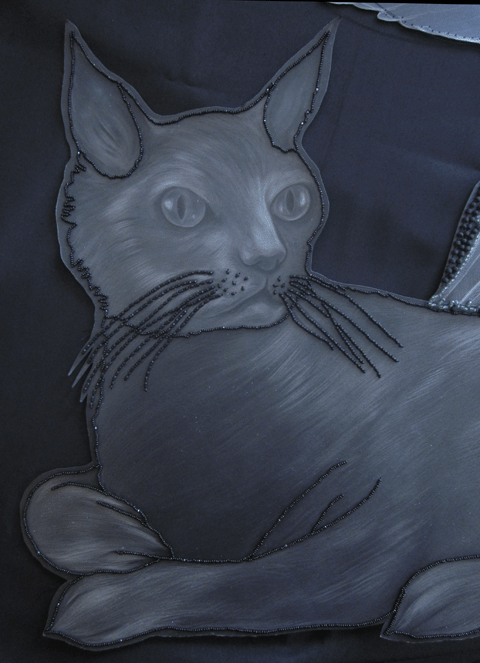
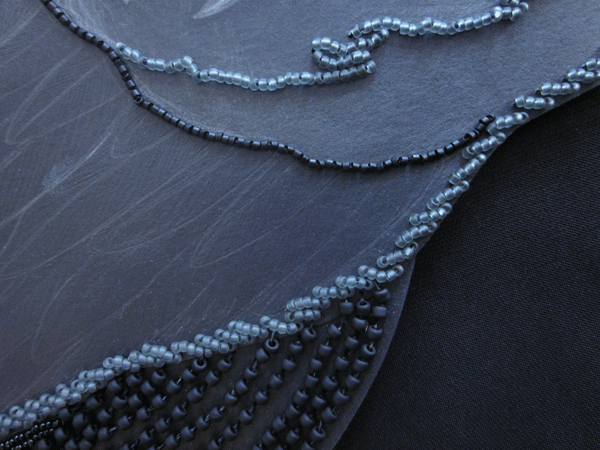


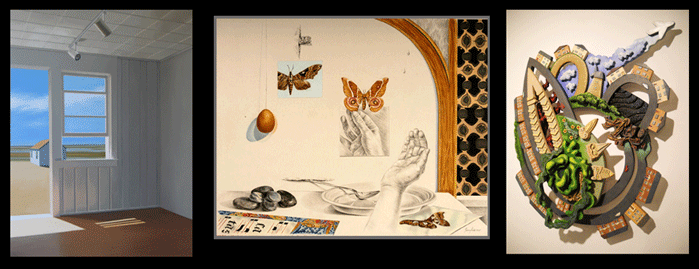
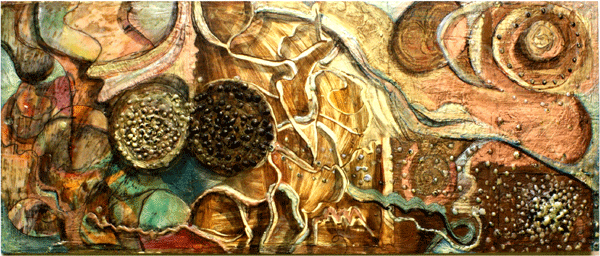
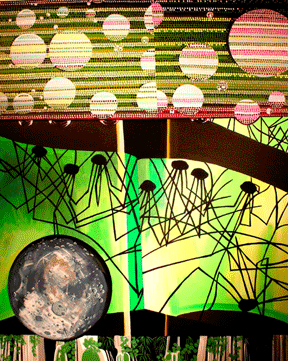
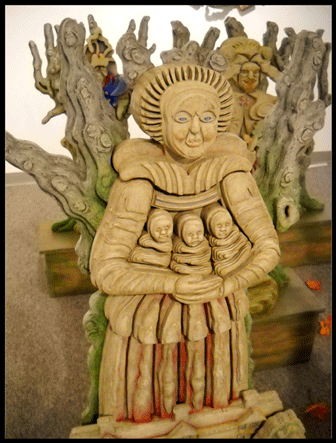
![Pierro_poster_Sept2010_email[1]](http://static.squarespace.com/static/539b12c3e4b0821f813d4122/541c2a4ae4b096b7bbed6e30/541c2a60e4b096b7bbed7401/1284024077000/Pierro_poster_Sept2010_email1.jpg?format=original)